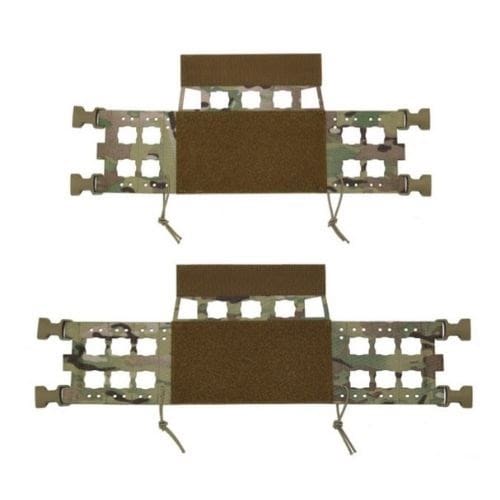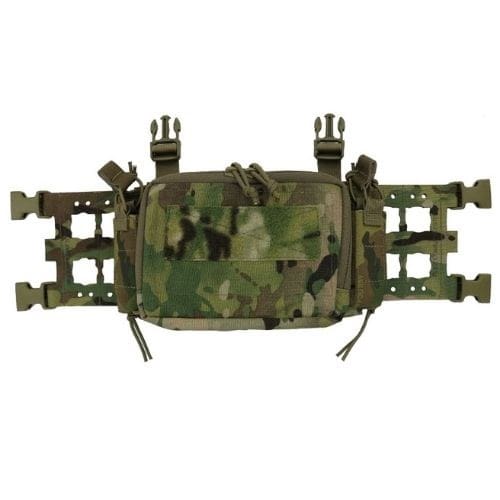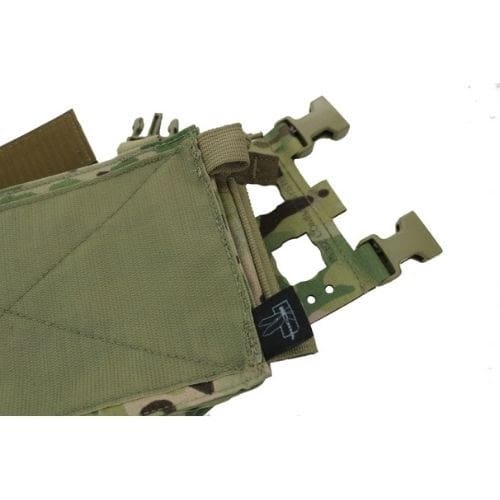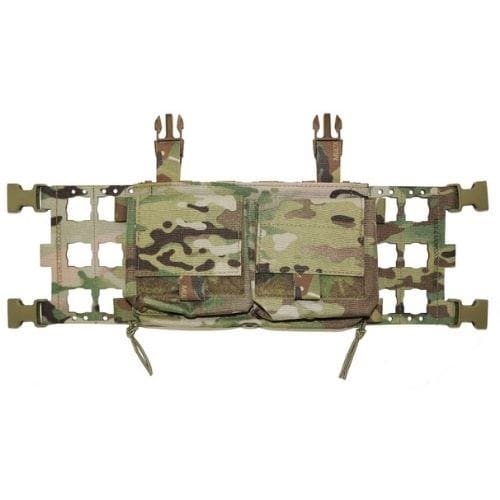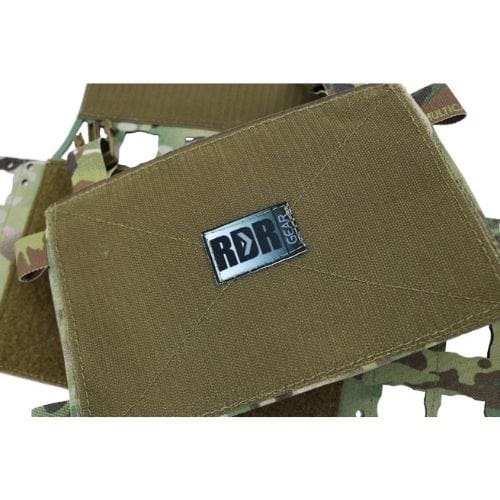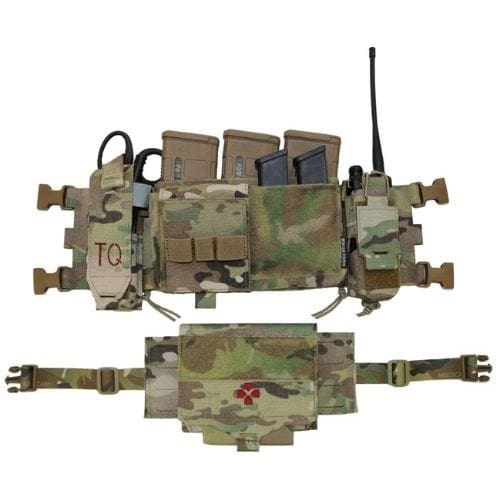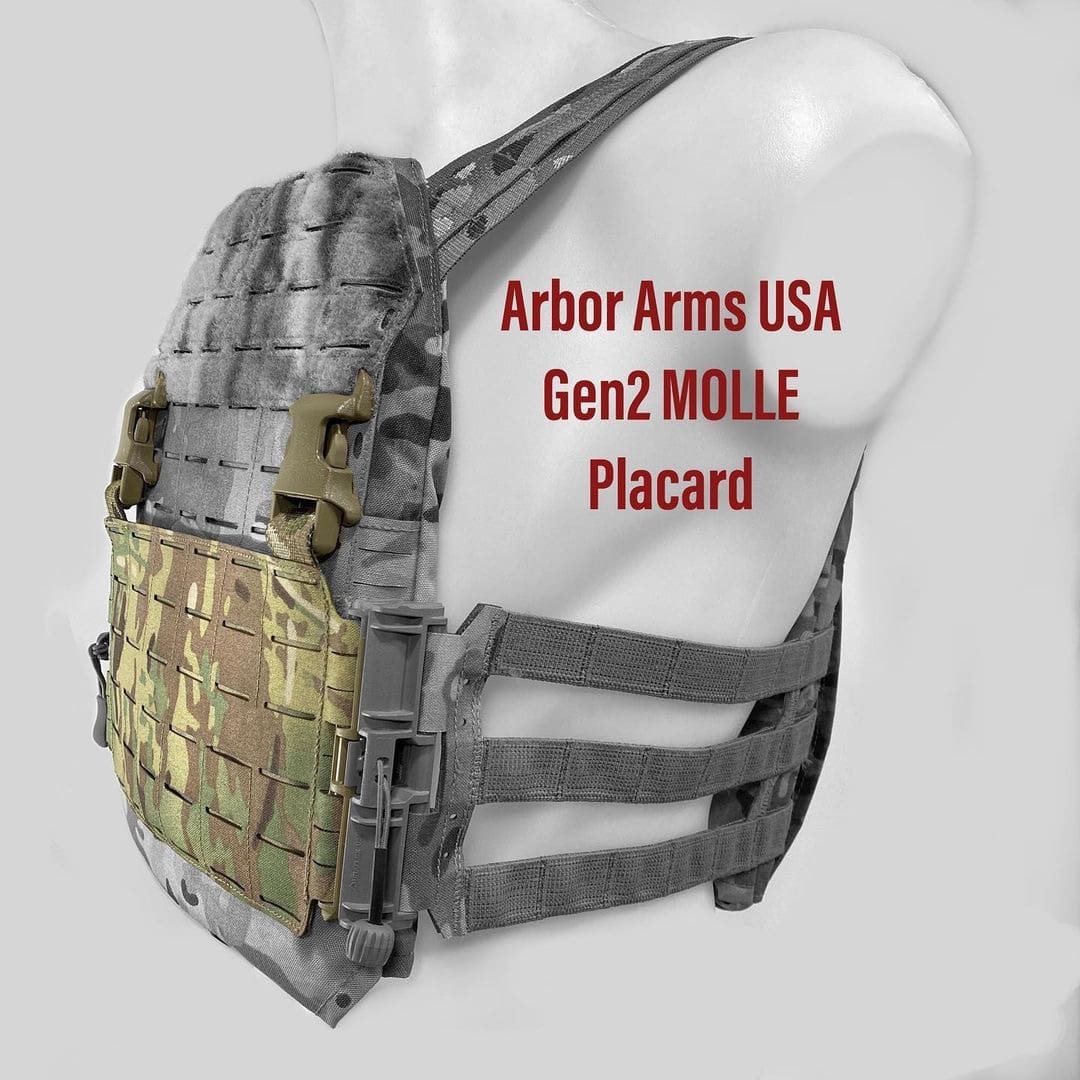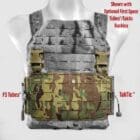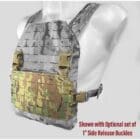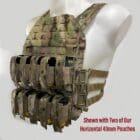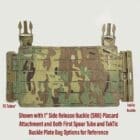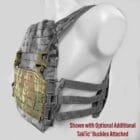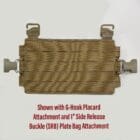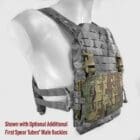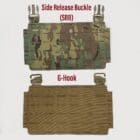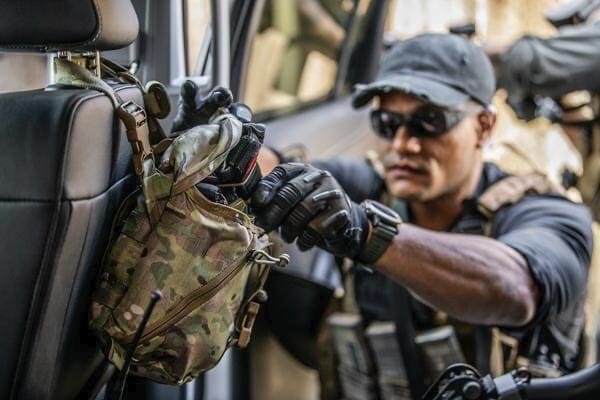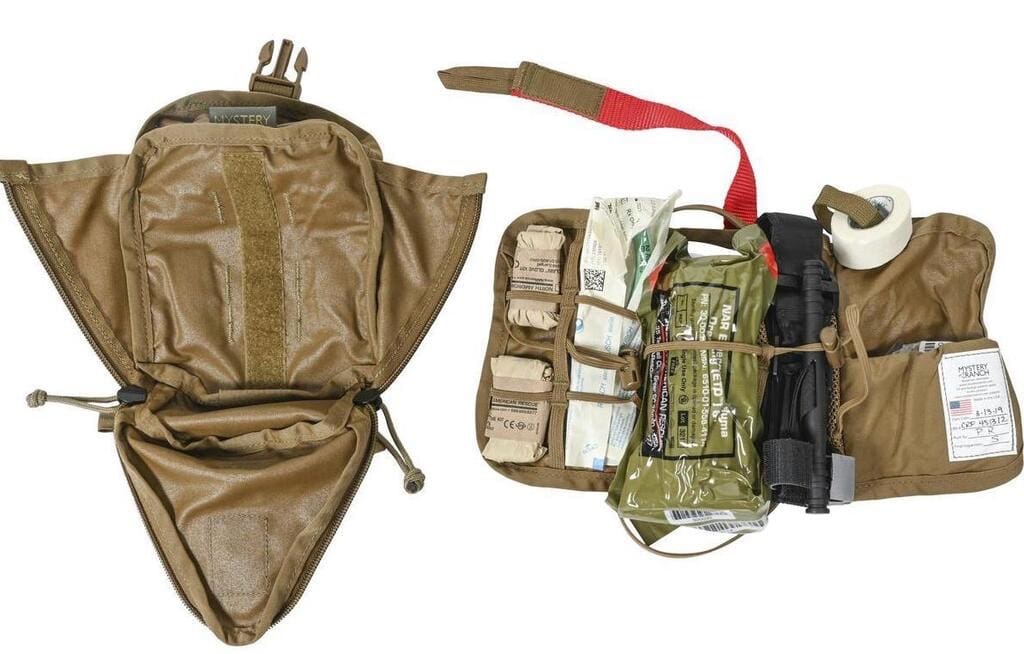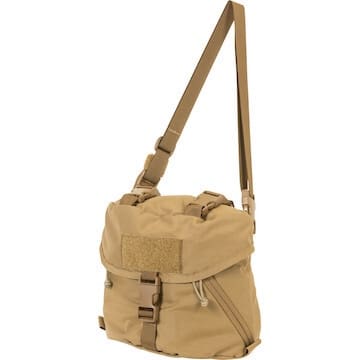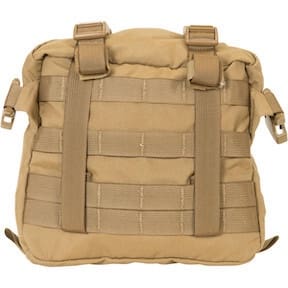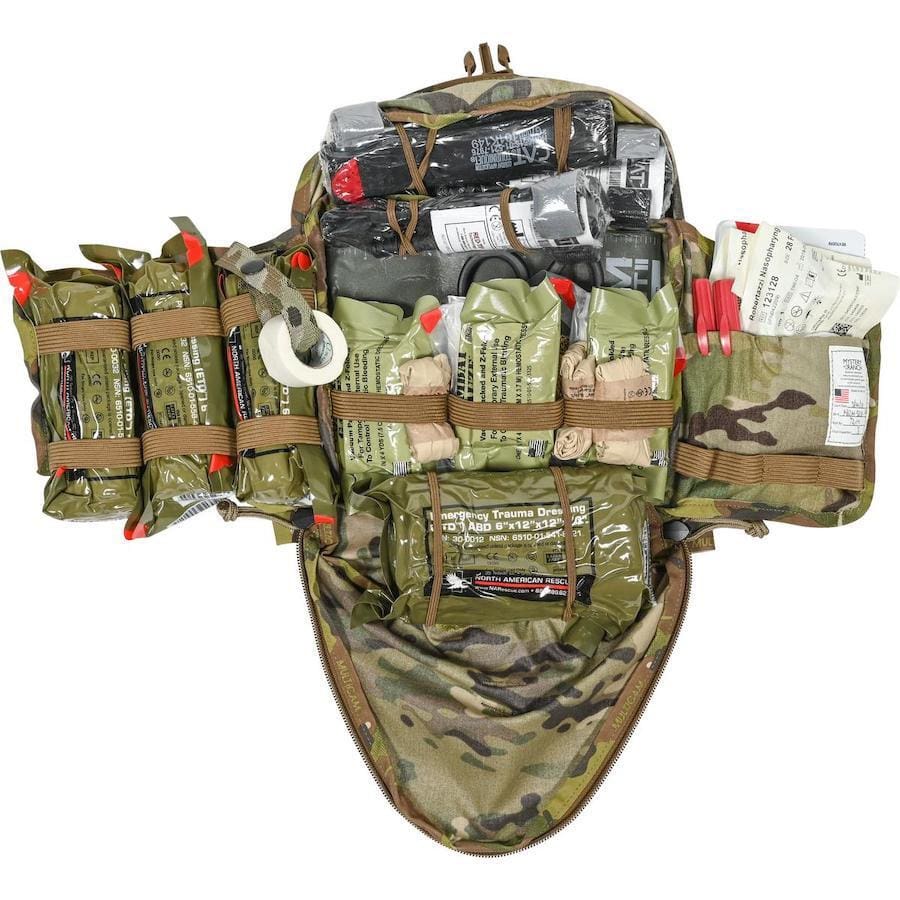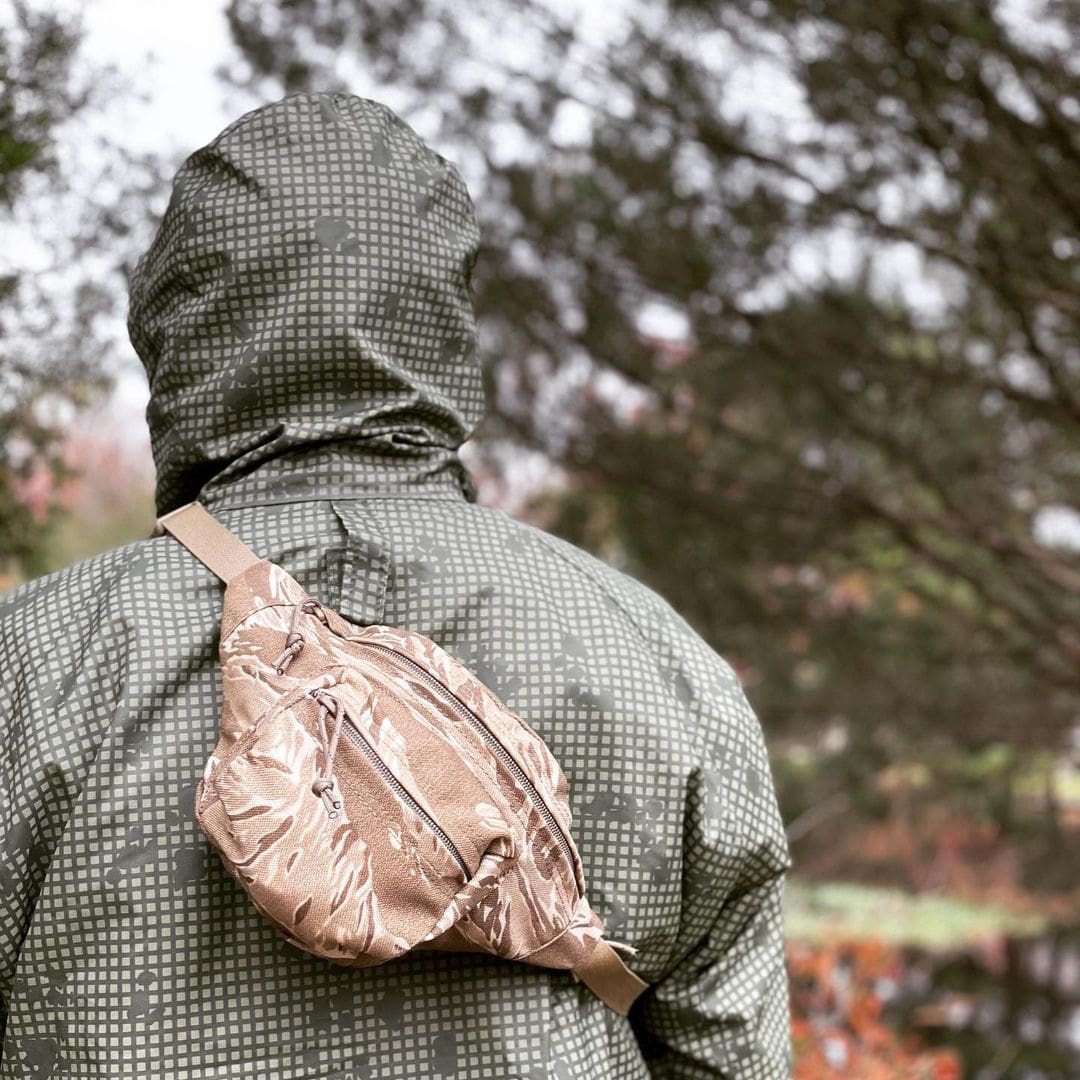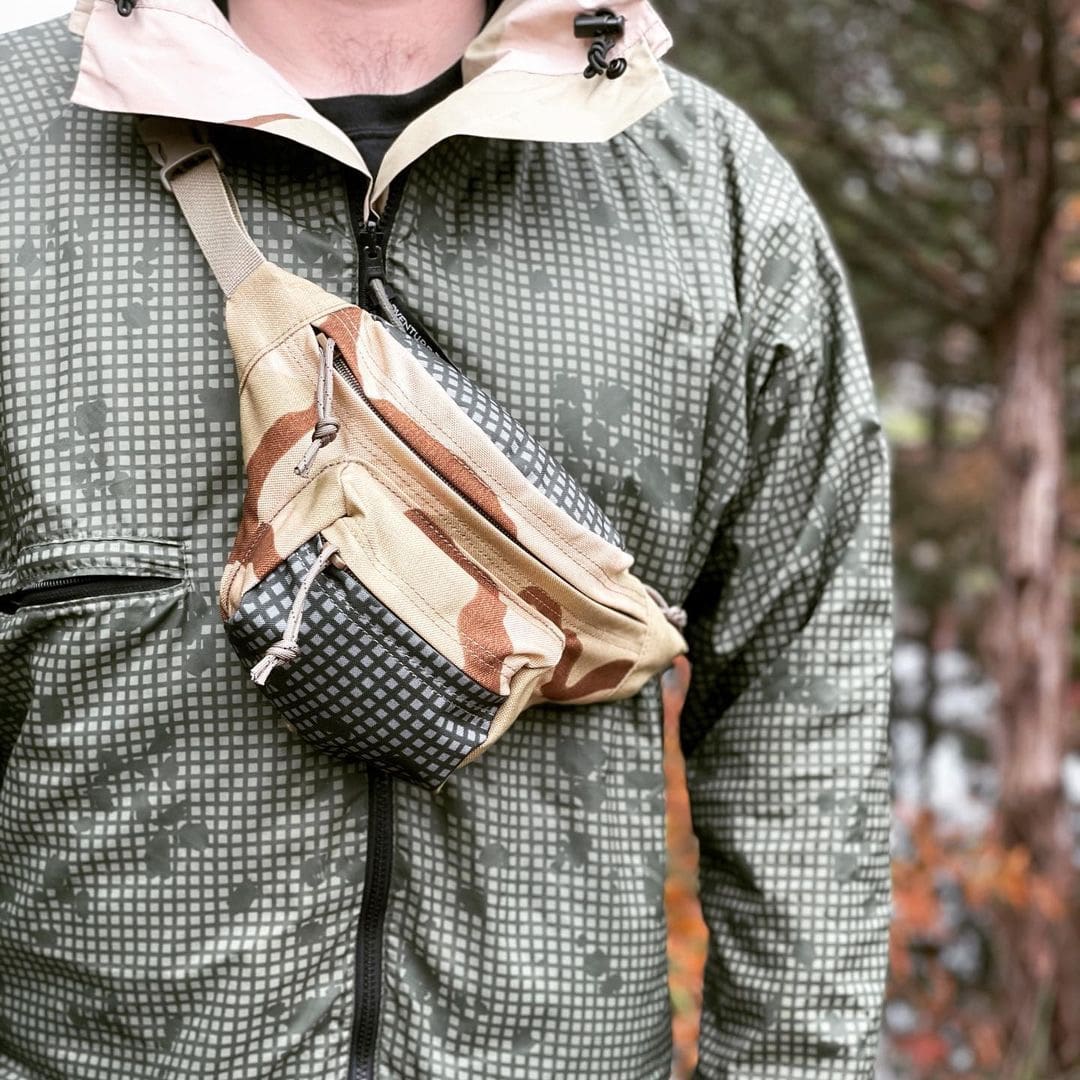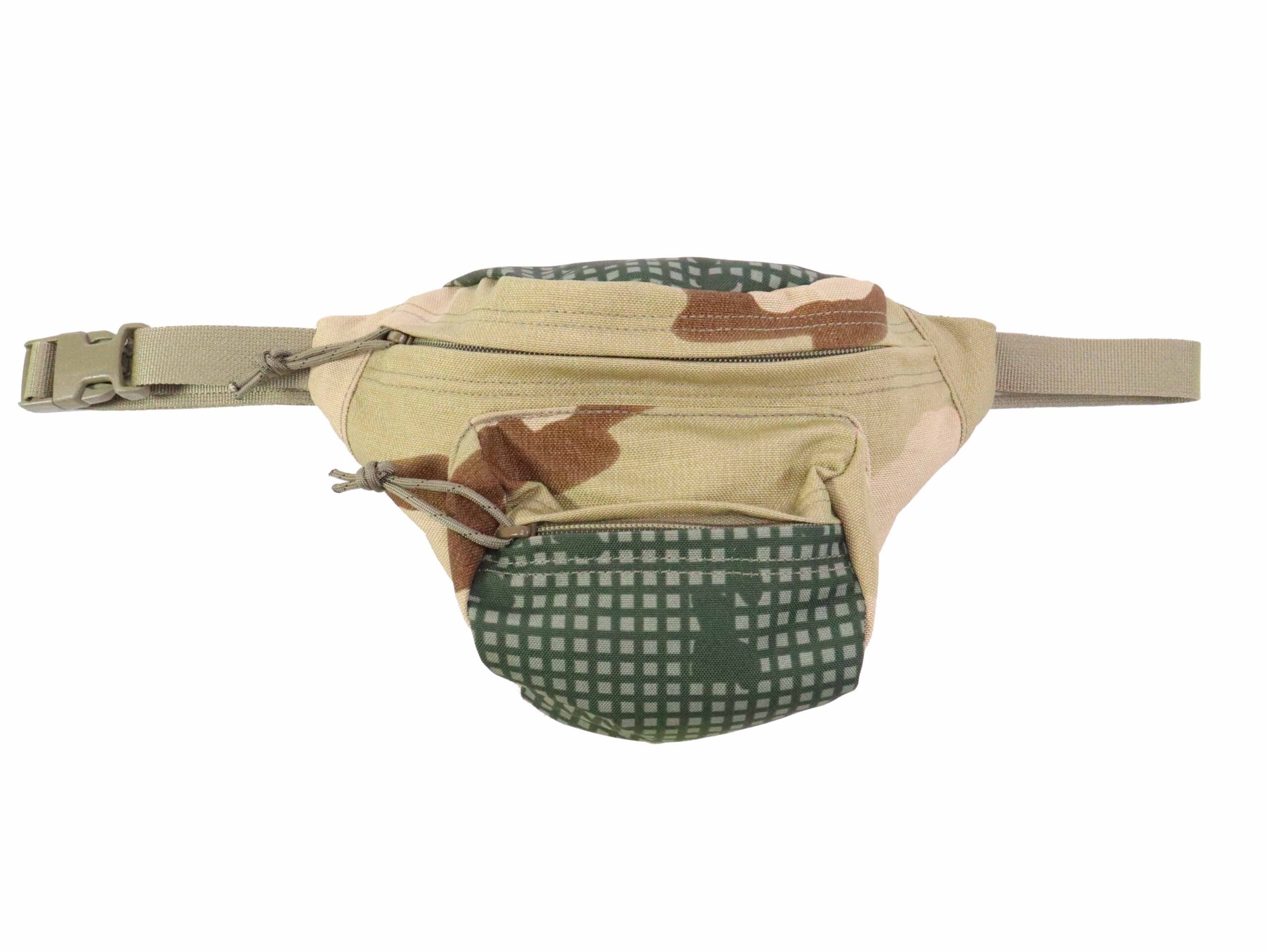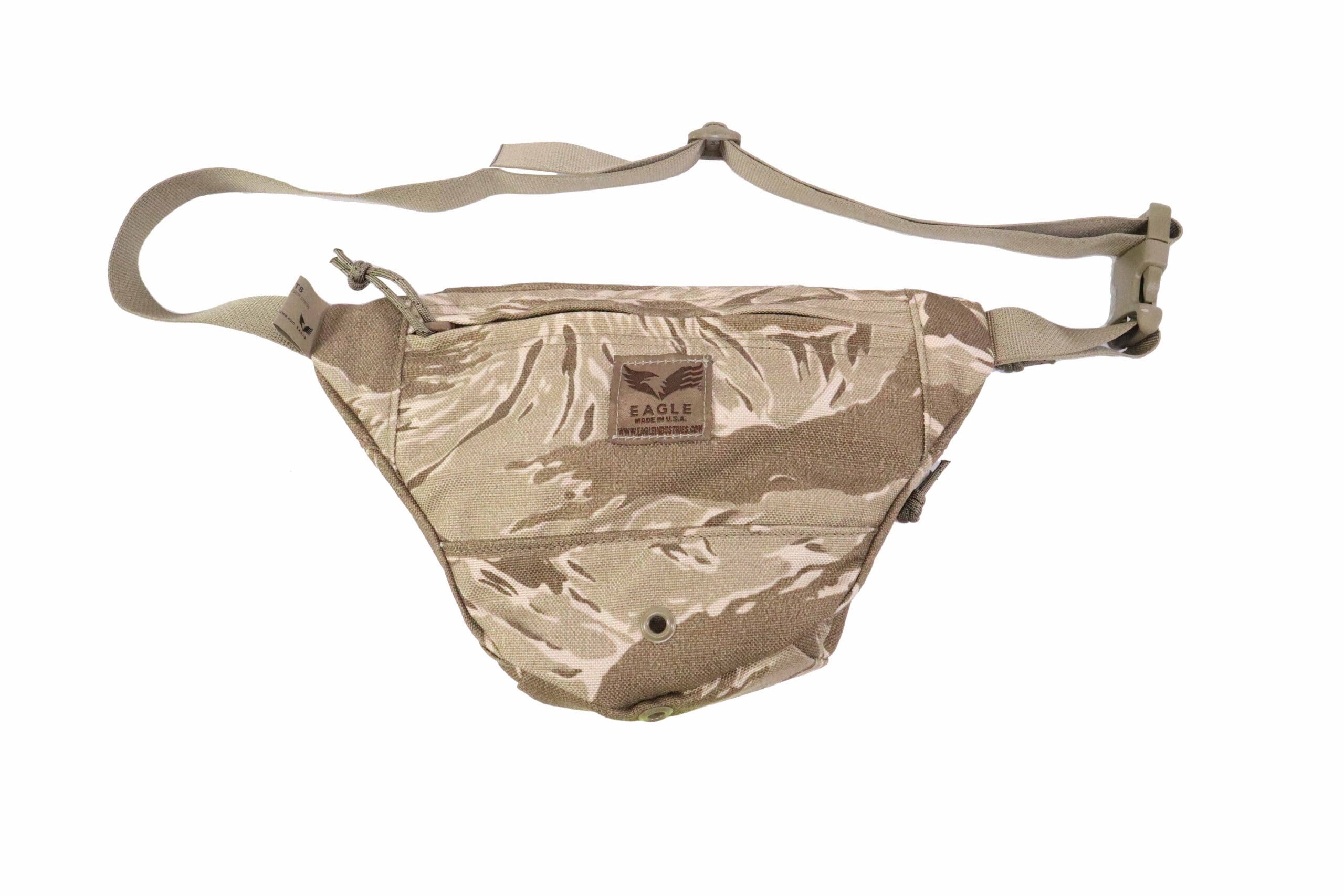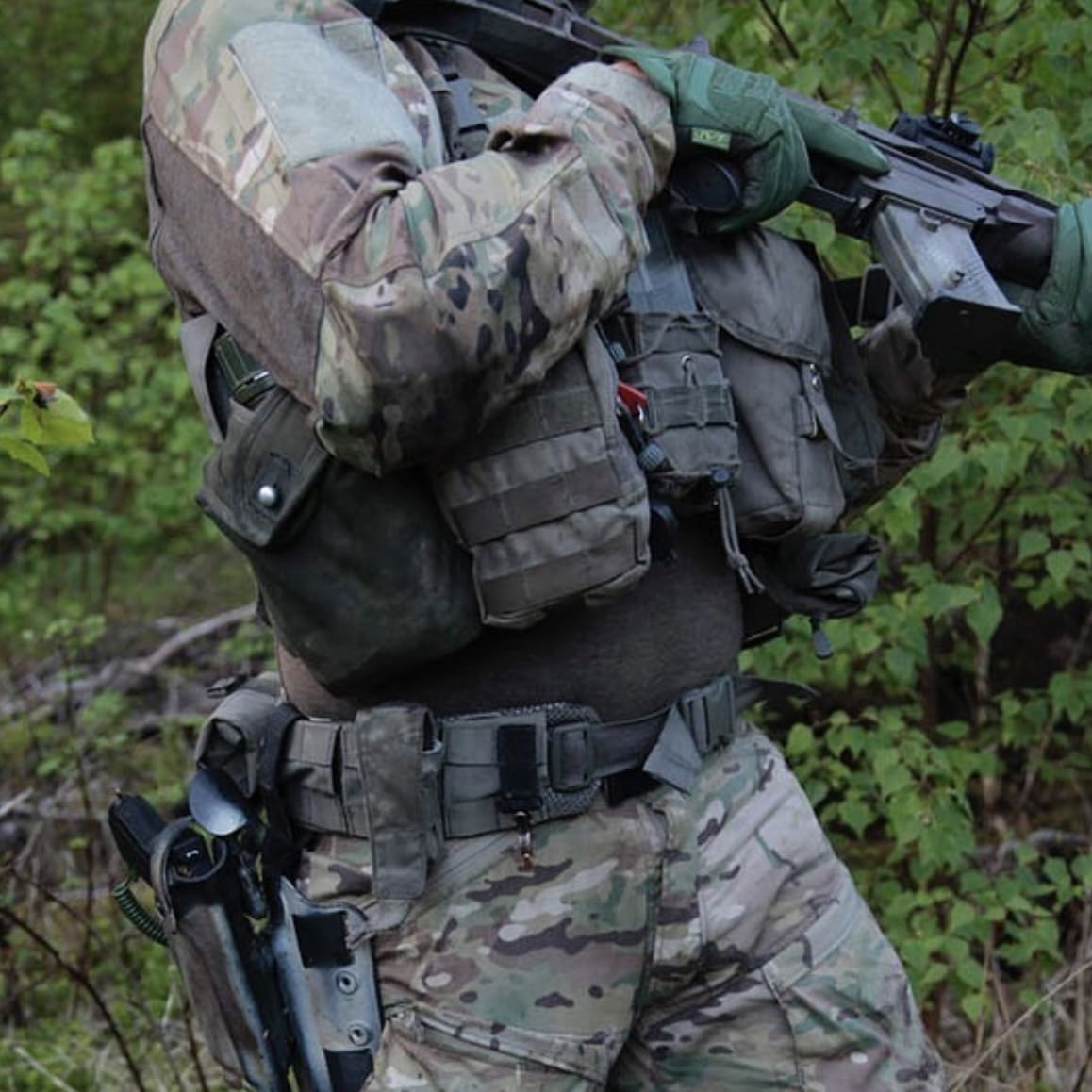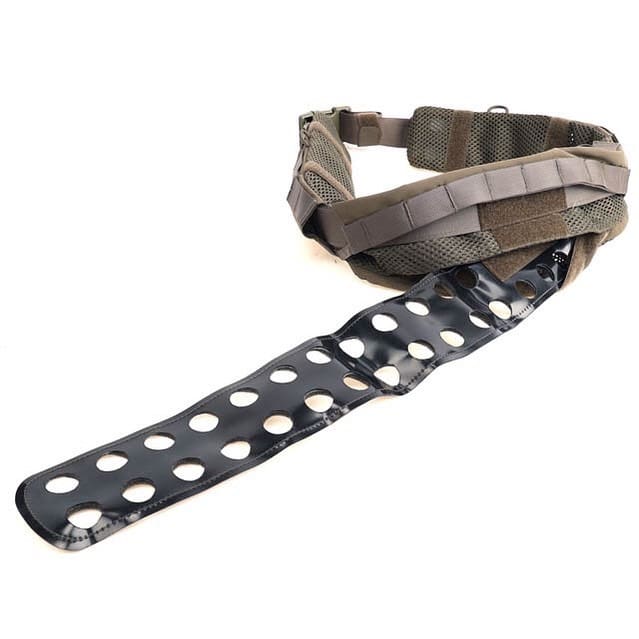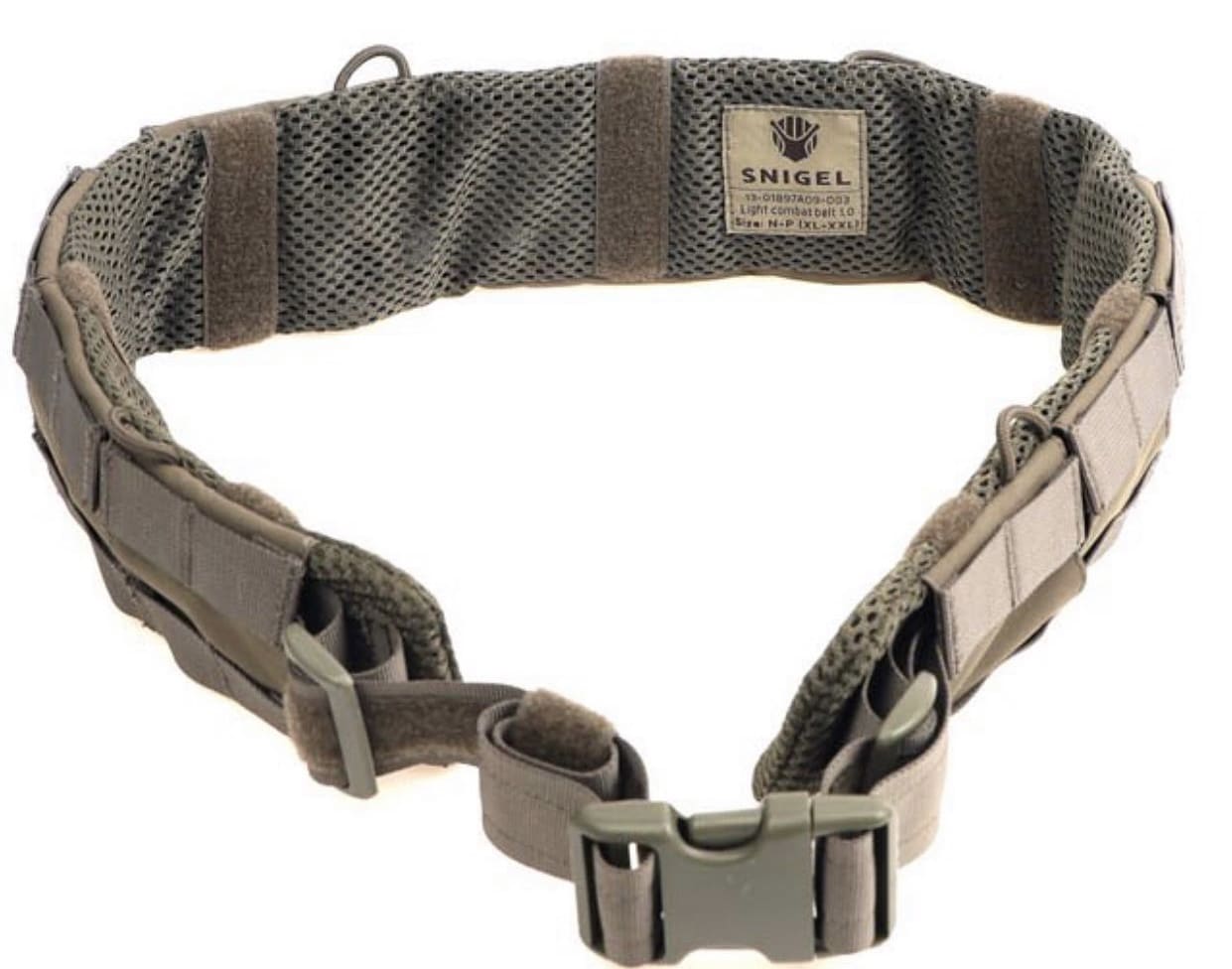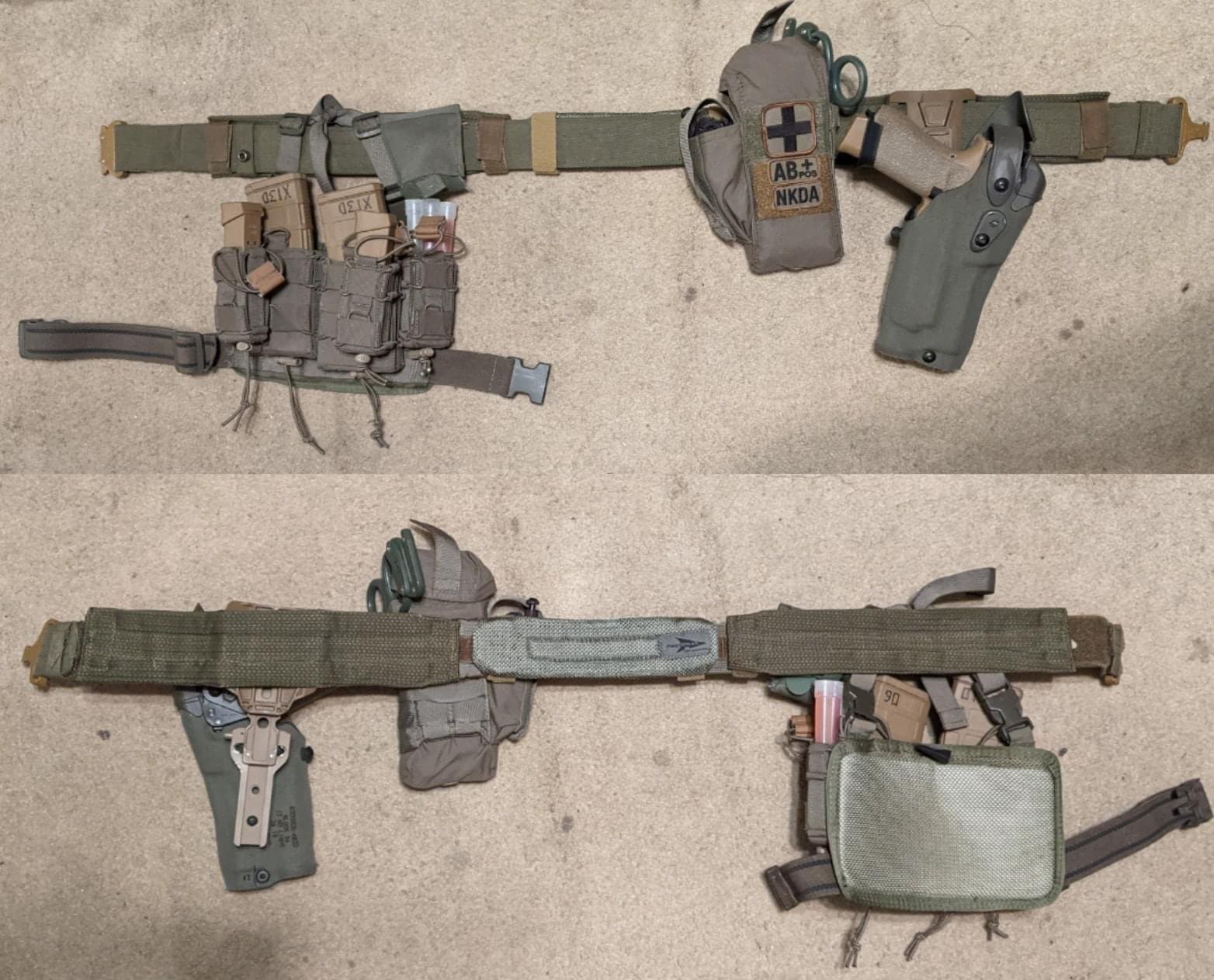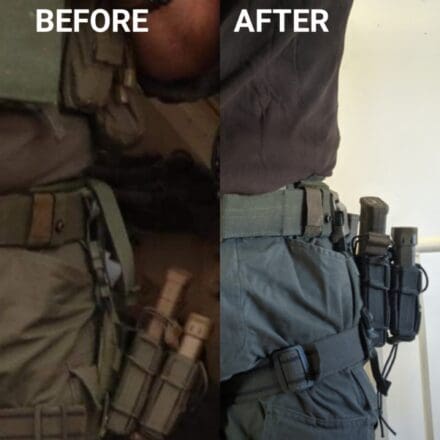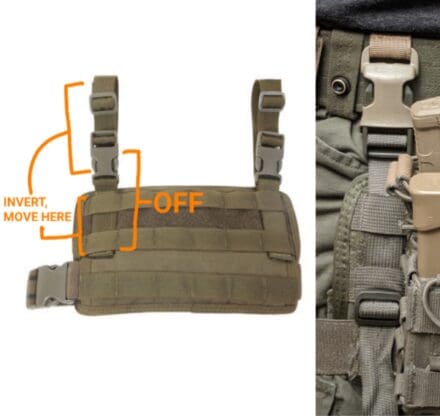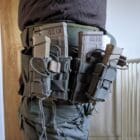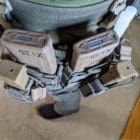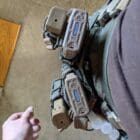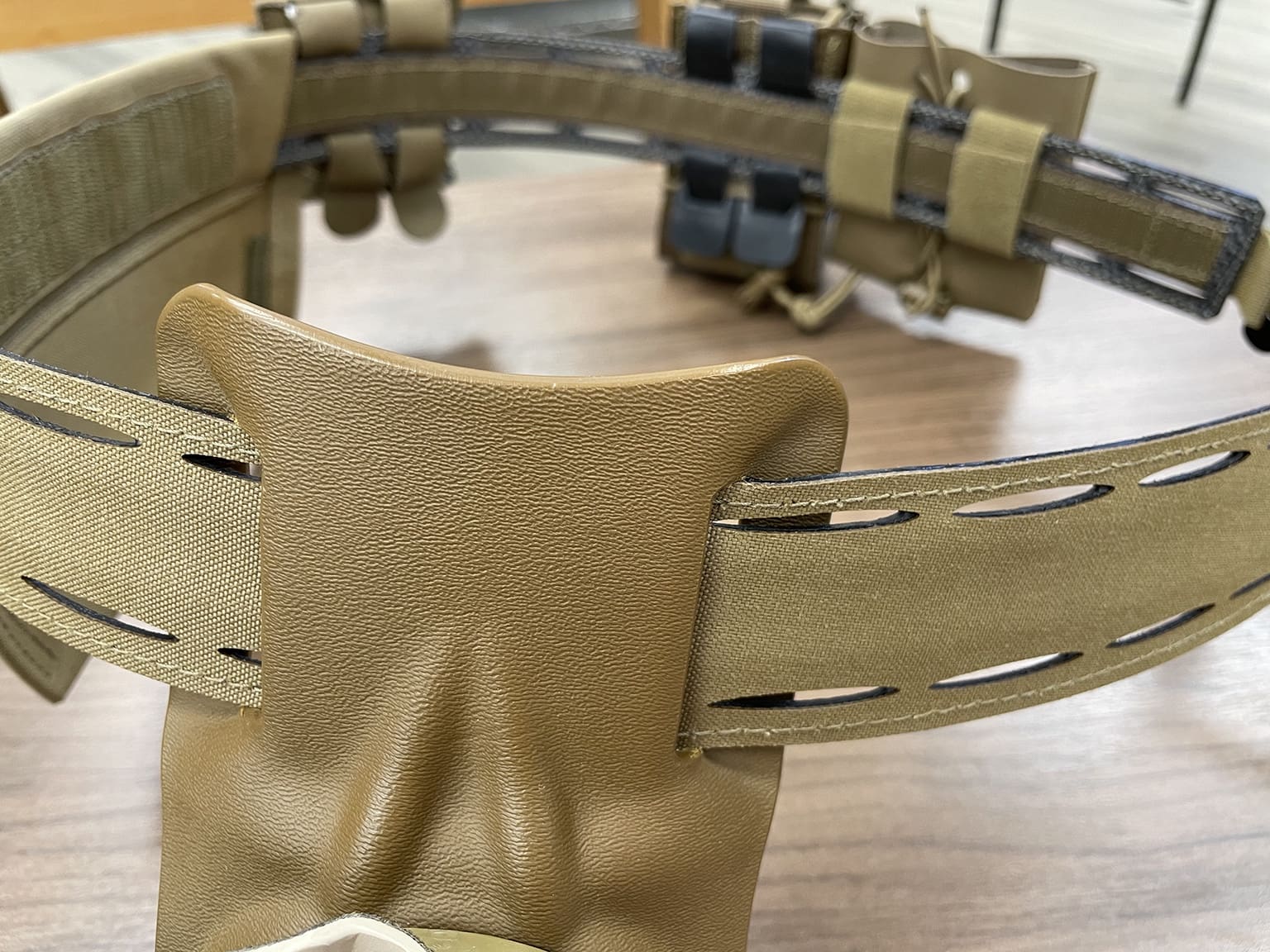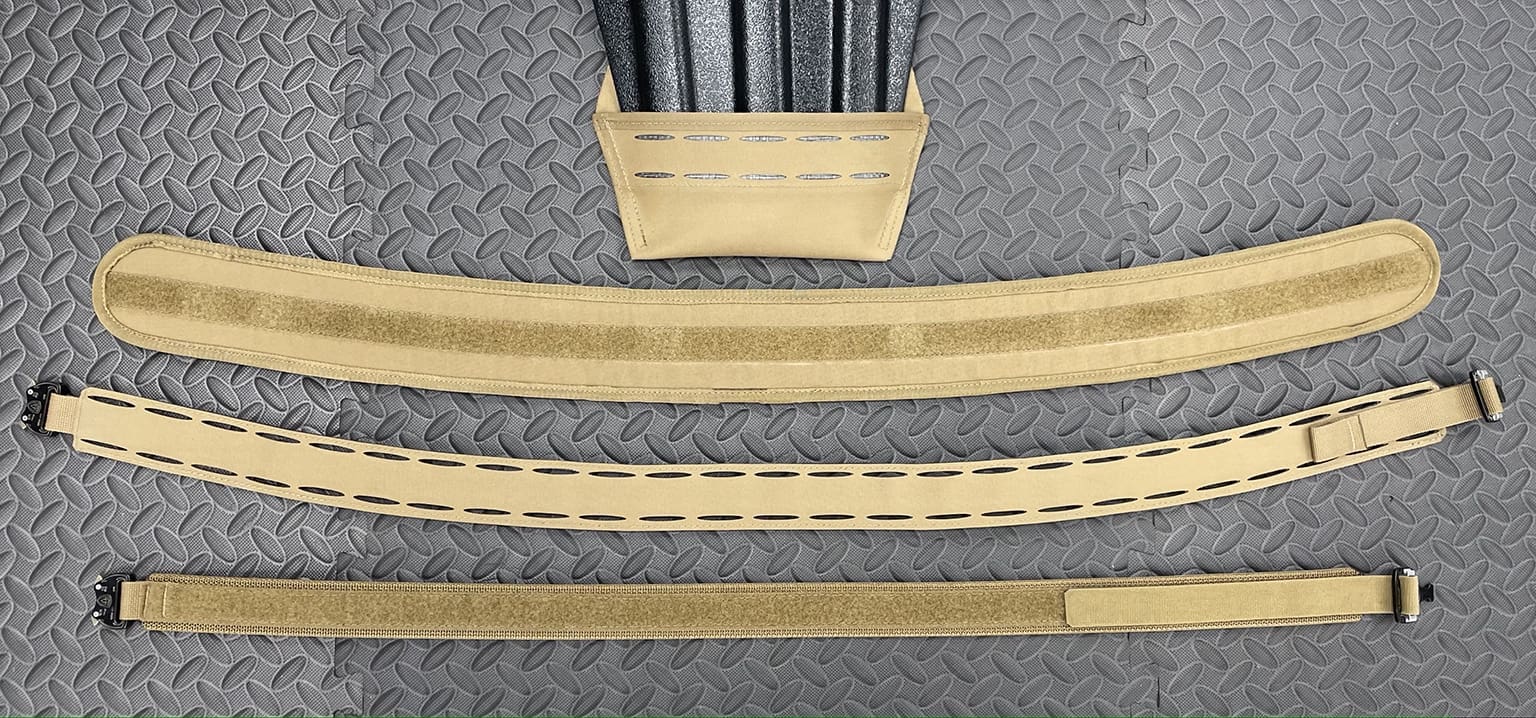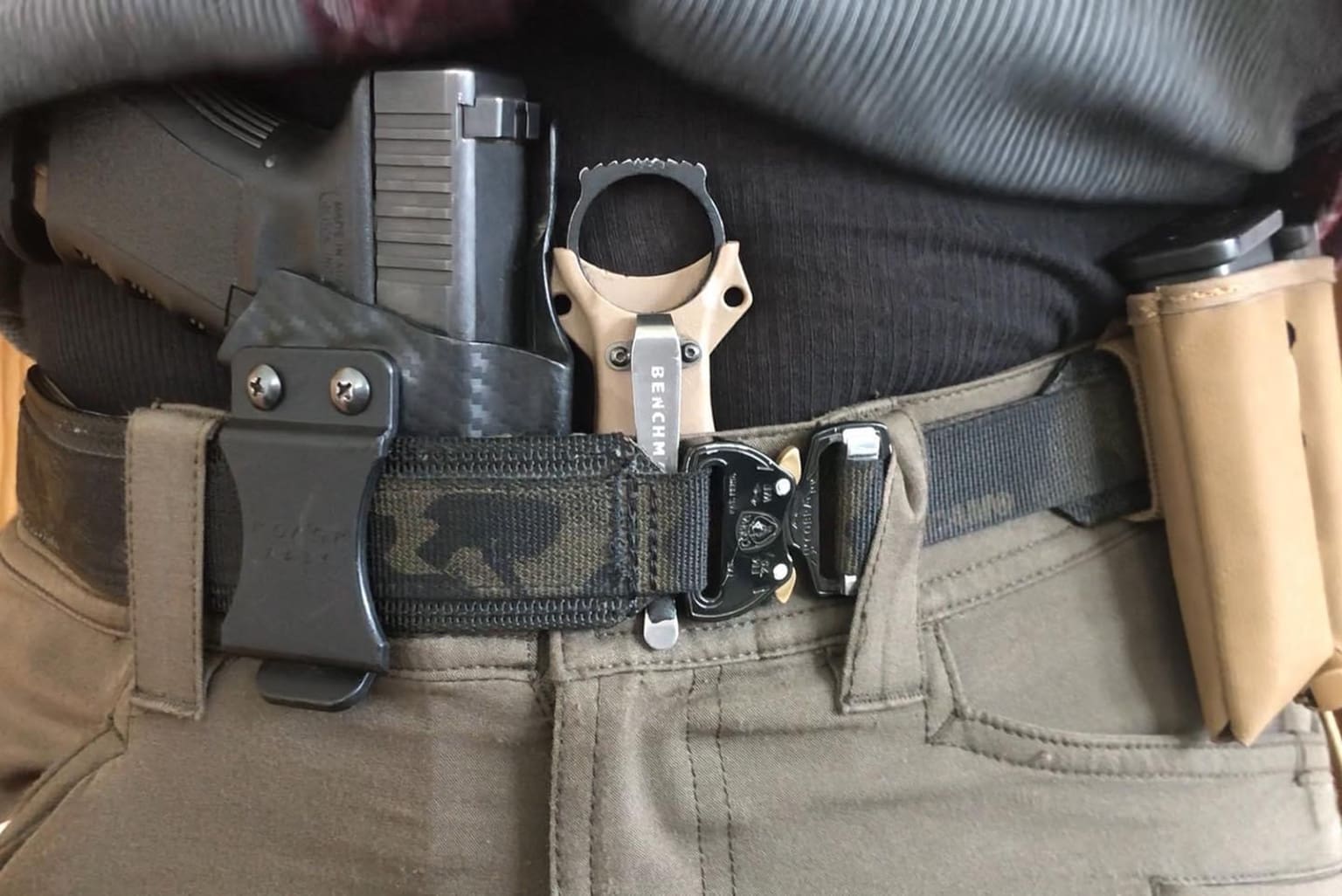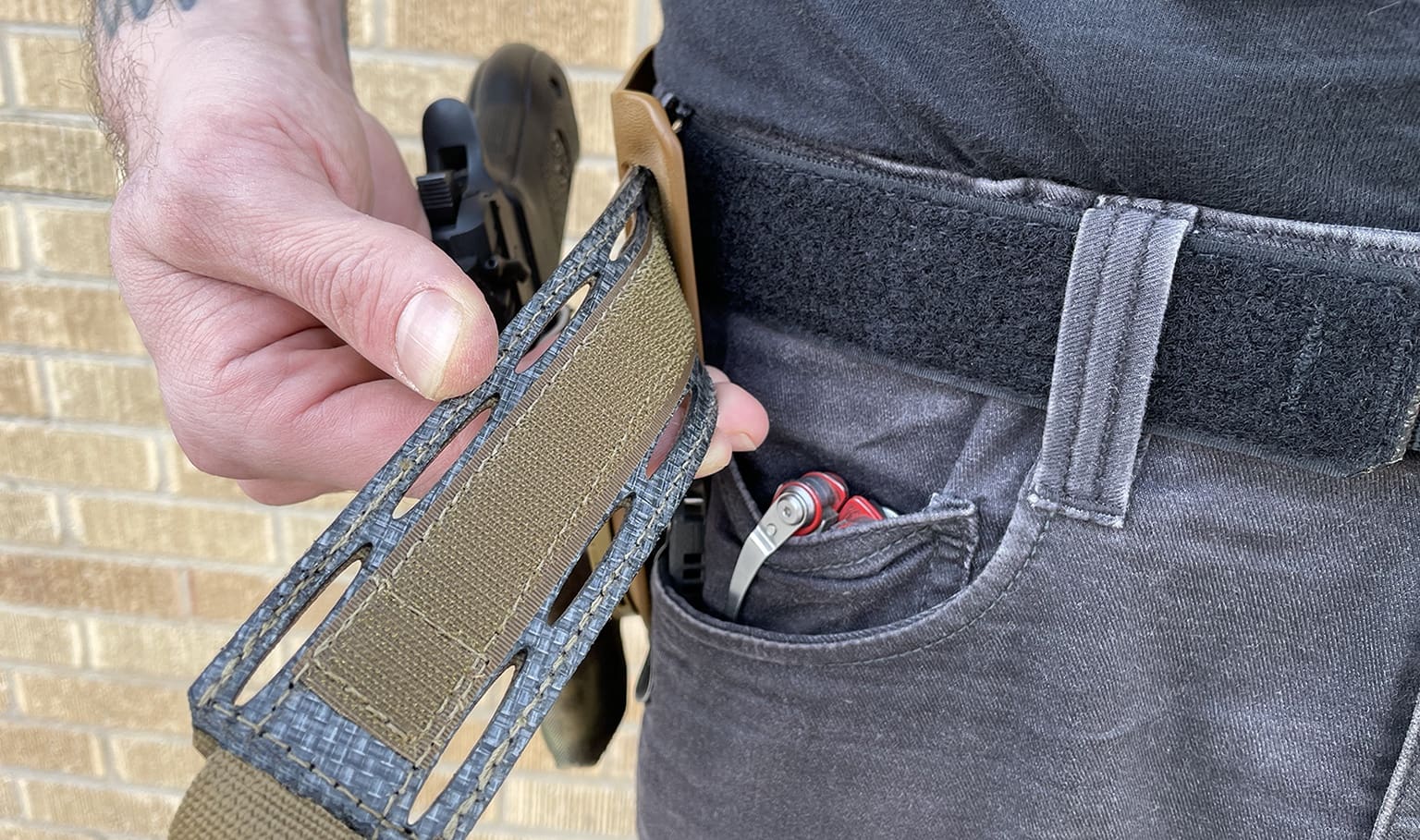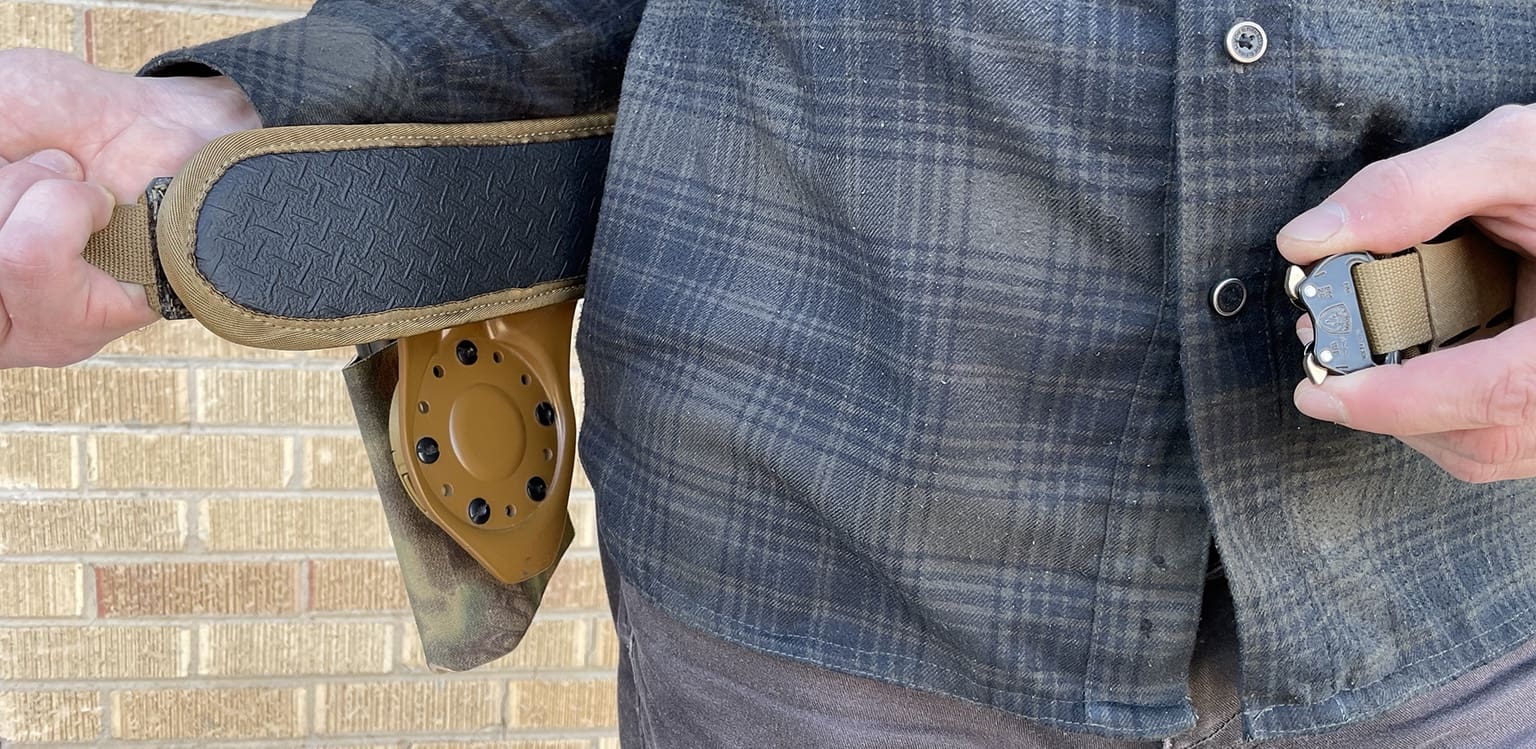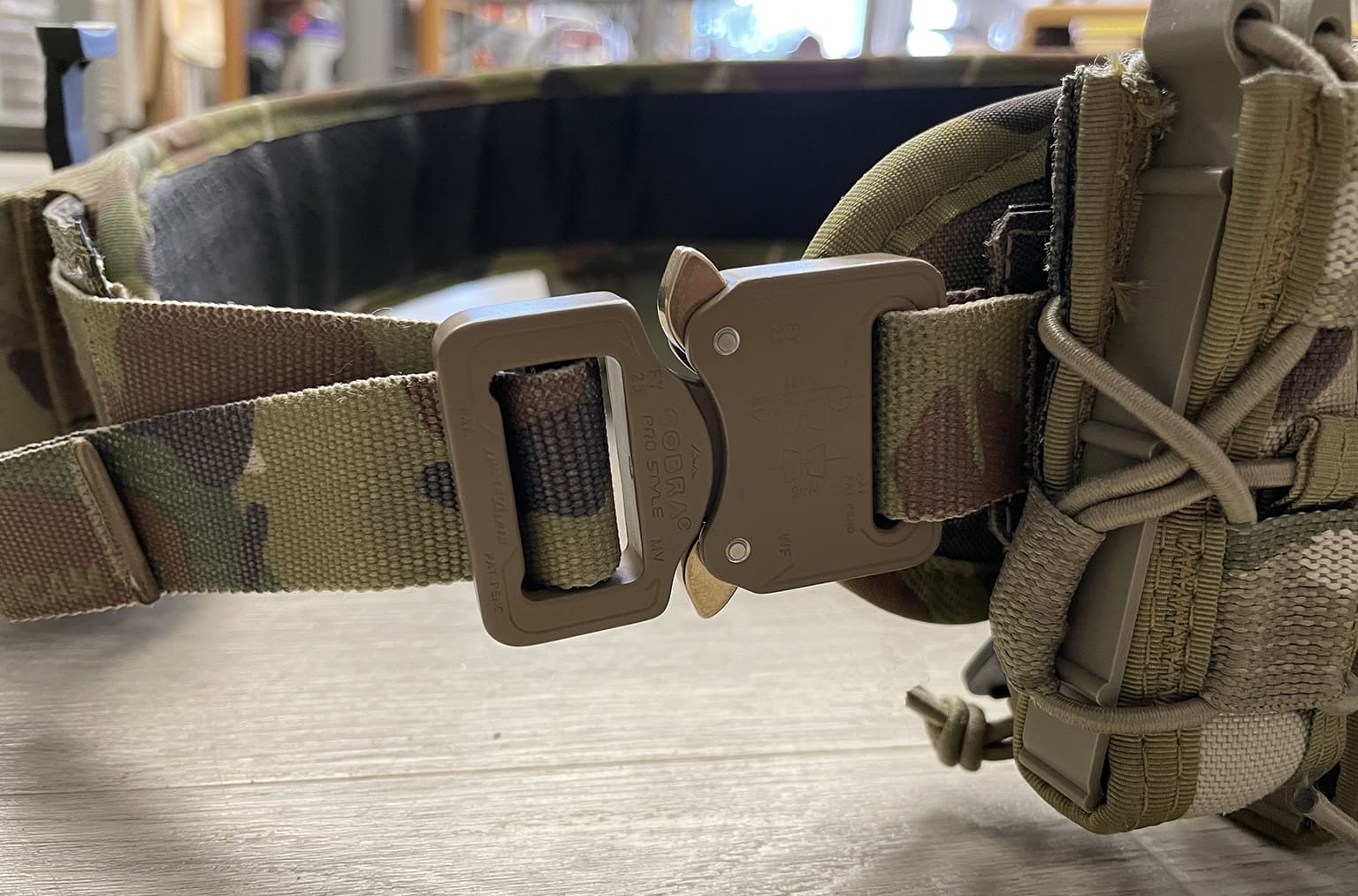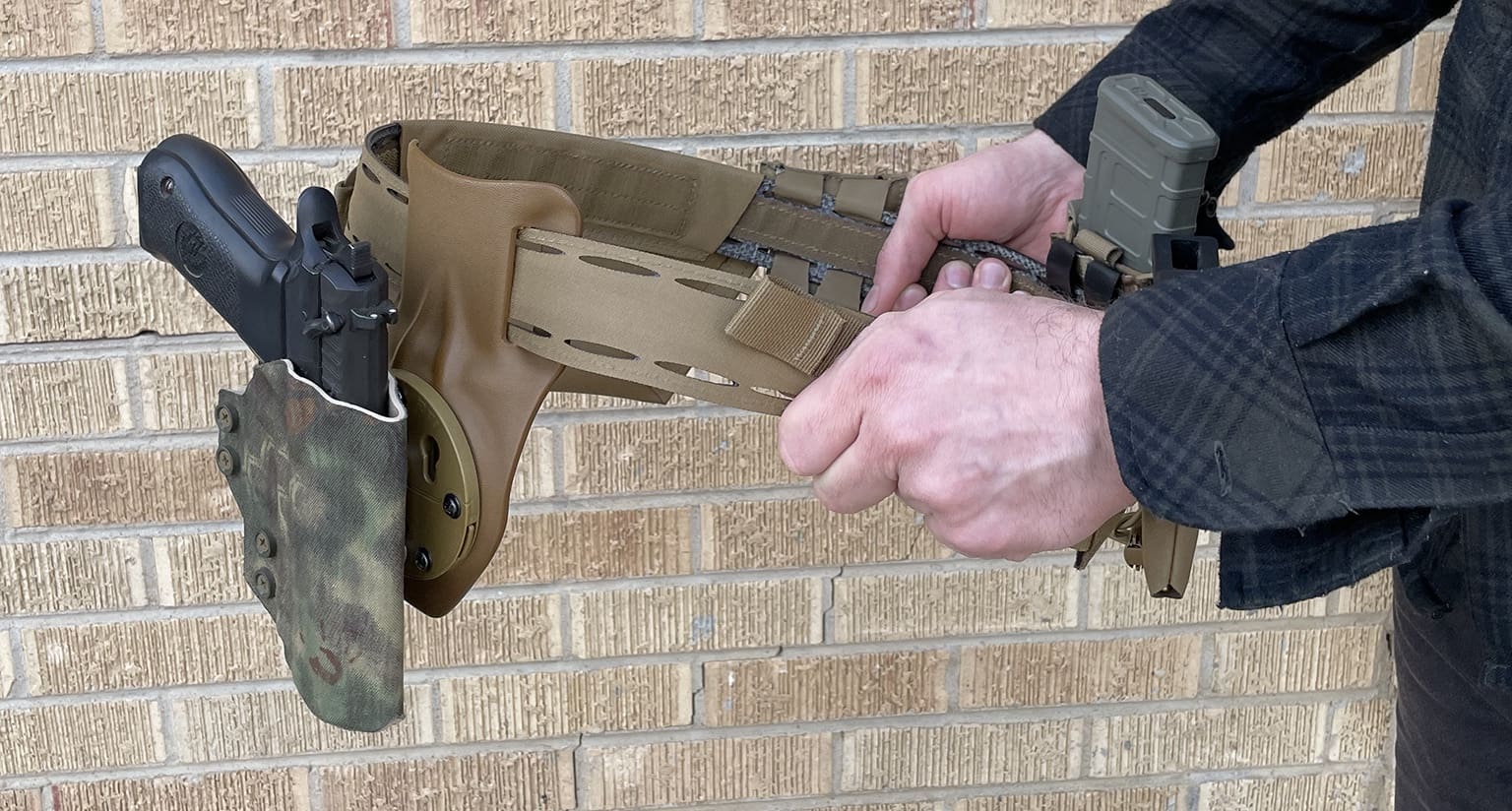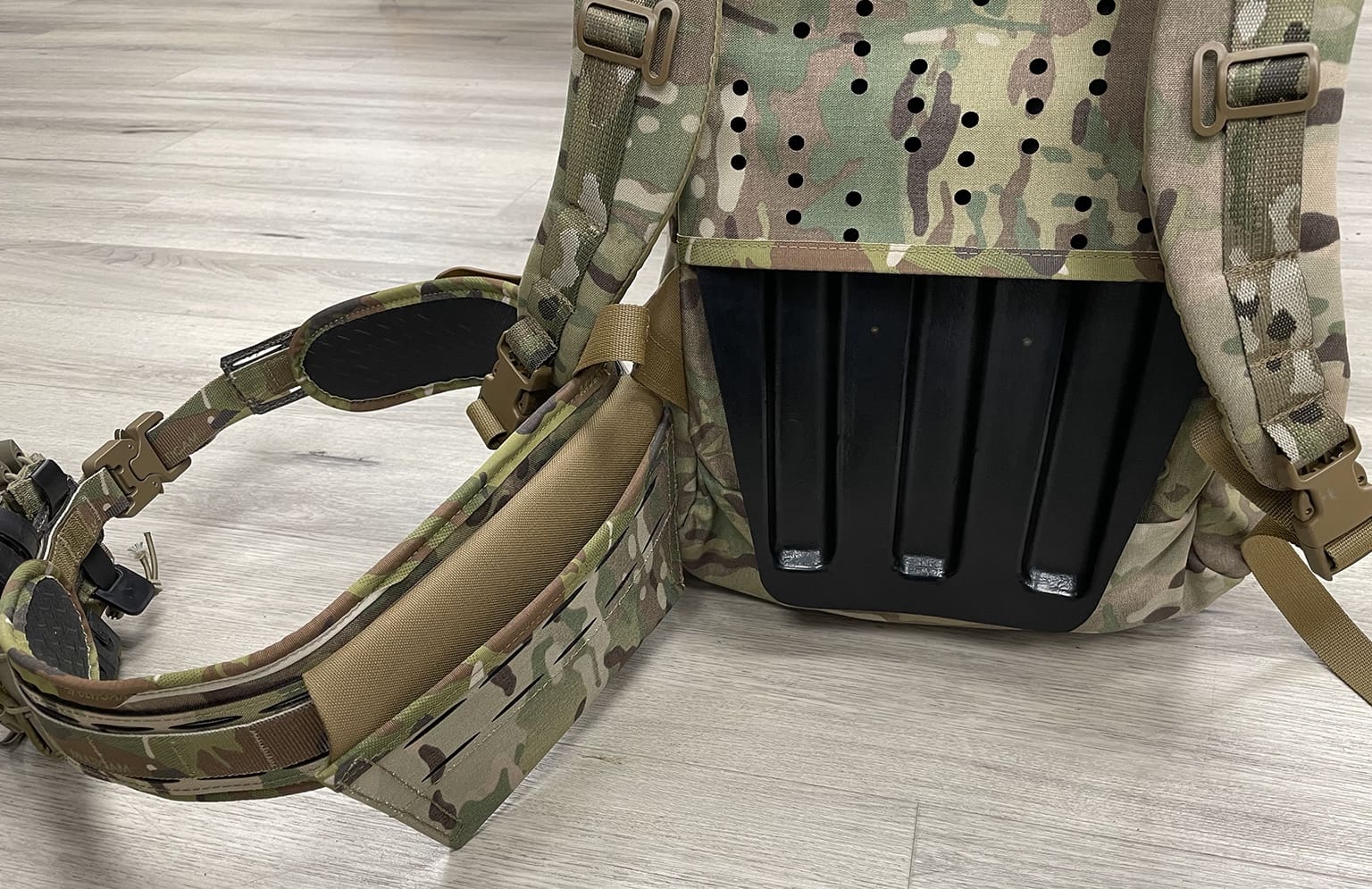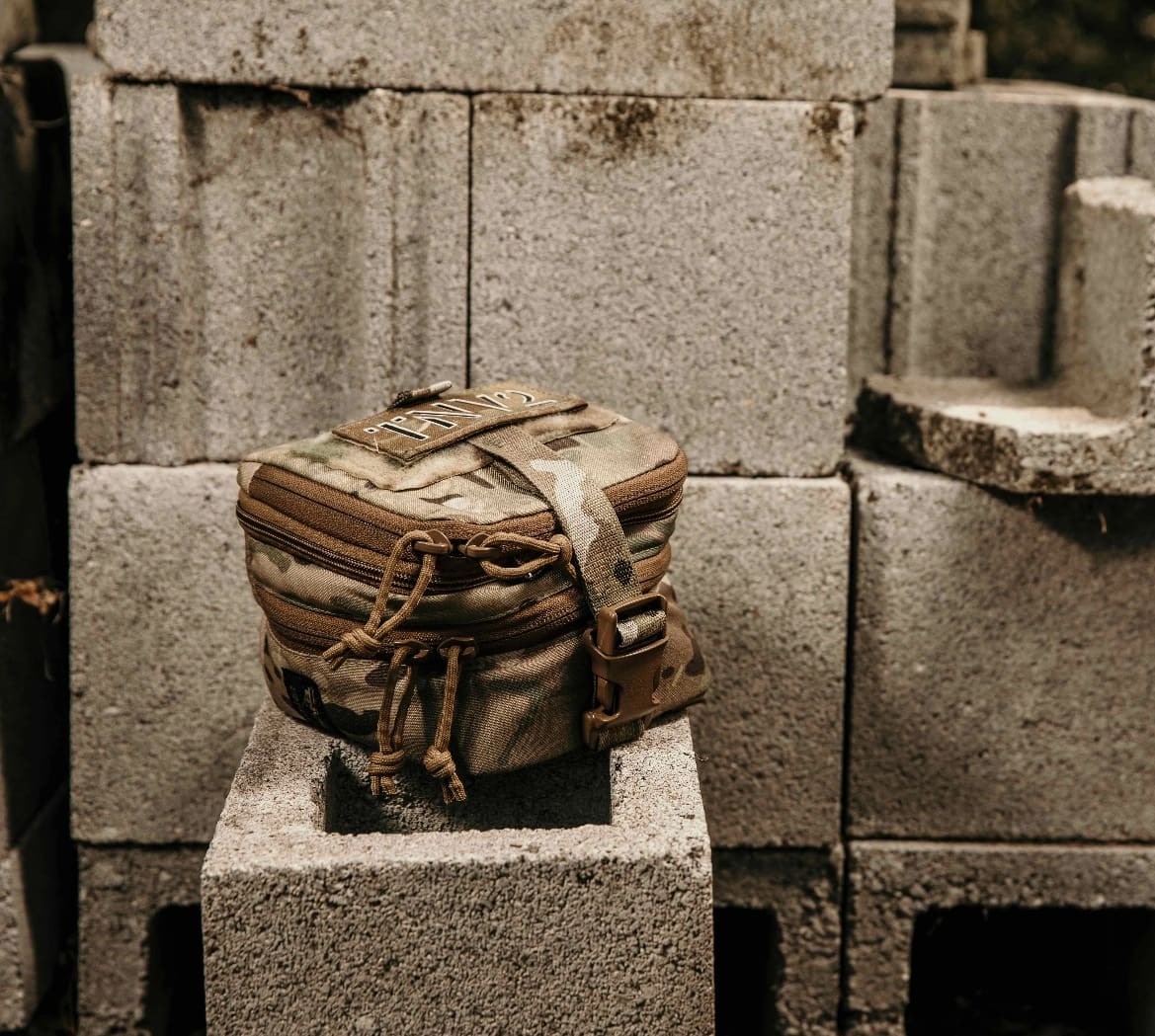
Need last-minute gift ideas for a Tactical Timmy that has it all?
TNVC has got stocking stuffers available, including brand new eGift Cards, as well as the release of a brand new Night Vision storage and travel pouch, the TNVC NVG-PPE (Pouch, Padded Expandable)!
tnvc.com/shop/category/stocking-stuffer-sale
Give the gift of night vision with an e-Gift Card from TNVC, available in $250, $500, and $1,000 denominations, and get extra rewards! Get $10 extra with the purchase of a $250 gift card, an extra $25 with the purchase of a $500 gift card, and an extra $50 with each $1,000 gift card!
We’re also offering:
$10 off all TNVC Mohawks!
4D Deluxe and Standard Combat Liners!
Unity Tactical SPARKs – $15.00 each!
Along with the brand new TNVC NVG Pouch, Padded Expandable (NVG-PPE) AVAILABLE NOW IN RANGER GREEN – $65.00 (Multicam available Q1 2021)
tnvc.com/shop/tnvc-nvg-pouch-padded-expandable-nvg-ppe
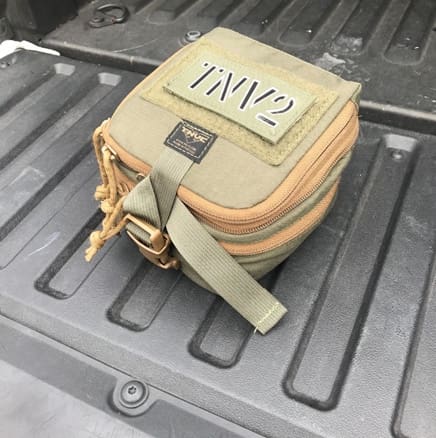
The TNVC NVG-PPE is a new solution to an old problem–a modern, practical, and useful update to the classic green “lunch sack” NVG Carrying Case, and designed in-house at TNVC.
One of the most common yet baffling accessories usually included with night vision devices is green soft case, issued by the thousands with USGI AN/PVS-14s and often provided with many night vision systems. While the “lunch sack” undoubtedly does in fact do its job of carrying night vision devices, it doesn’t really do much to protect the device or keep the contents of the case and basic issue items (BII) organized–as a storage, shipping, and carrying case, it leaves a great deal to be desired, causing many users to seek alternative solutions.
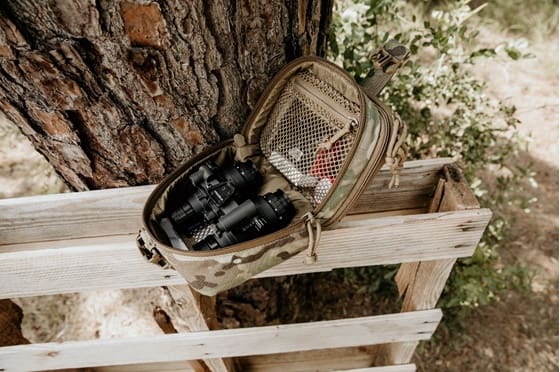
In our continuing efforts to improve not only existing products, but their accessories, we decided to take another look at the NVG carrying case and re-design it from the ground up. In examining other solutions and alternatives on the market, we found that carrying cases and pouches tended to come in either one of two main categories:
– Hard-sided cases of varying quality that were primarily designed for shipping and administrative storage, but were often far larger than they had to be and not very useful in the field
– Too small and/or overtly specific in and that they either only fit a single device or type of device, but none of the common accessories or BII that some users might want to keep with their NVGs, or that would only support one specific application/method of carry
Moreover, in many cases, NVG-specific storage and carrying solutions tended to be surprisingly expensive for what they are.
The TNVC NVG Pouch, Padded Expandable was designed to not only be a useful OEM carrying case solution for shipping and storage of TNV NVG systems, but also to an adaptable and practical NVG pouch that could realistically be used in the field by a wide range of end-users with a wide variety of units, accessories, and configurations at a lower cost than many other NVG-specific case/carrying options.
The TNVC NVG-PPE has multiple zipper-secured compartments with multiple ways to access them, allowing you to not only securely carry and transport your single or dual tube night vision device, but any accessories you might need as well. The main pocket can support a dual tube night vision device with an ECOTI, or even dual PVS-14s and a FLIR Breach, while the secondary compartment can hold ancillary equipment and can be accessed either from the main compartment or from the outside.
The NVG-PPE also has a large Velcro loop panel on the lid, allowing ID/Callsign patches or placards to be placed on the pouch to identify individual pouches, as well as a rapid closure/compression/cinch strap with a Fastex buckle
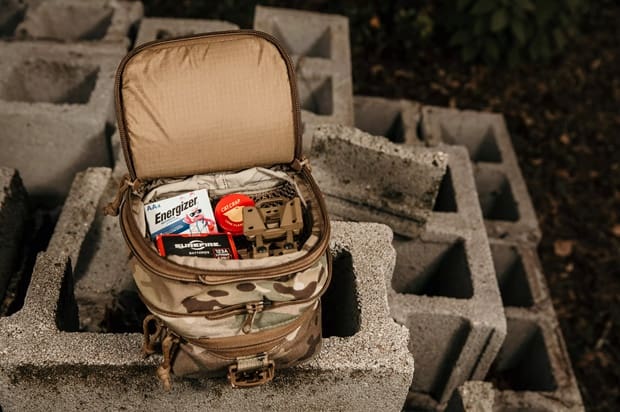
The secondary compartment is also expandable with zippered 4-way stretch Tweave material, allowing you to securely carry small accessories such as spare batteries, cleaning supplies, etc., with the compartment collapsed, or larger items such as mounts, external battery packs, or any other equipment that you may want to keep with your night vision device when expanded. The soft-sided pouch is also sized so that it can be carried inside of a helmet for extra protection and to keep your gear together.
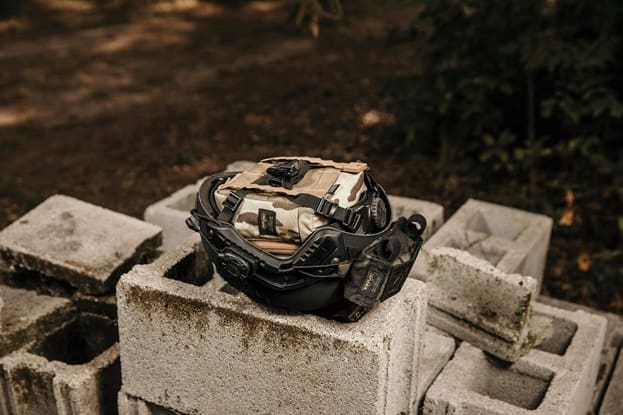
While we do not recommend attaching the TNVC NVG-PPE to individually worn first or second-line load-carrying gear, the NVG-PPE also has PALS webbing and is supplied with MALICE clips that offer a wide variety of options for mounting the pouch to MOLLE platforms like seat cover panels, range bags, or packs.
The TNVC NVG-PPE pouch isn’t designed to be the be-all, end-all of night vision cases, but rather to be a value-added alternative to some of the more useless alternatives that come with many night vision devices—even if you don’t use it for your night vision, it’s a highly adaptable general purpose pouch that gives you a lot of options for different mission essential gear that provides some protection for the contents, but is not overly bulky or difficult to transport.
